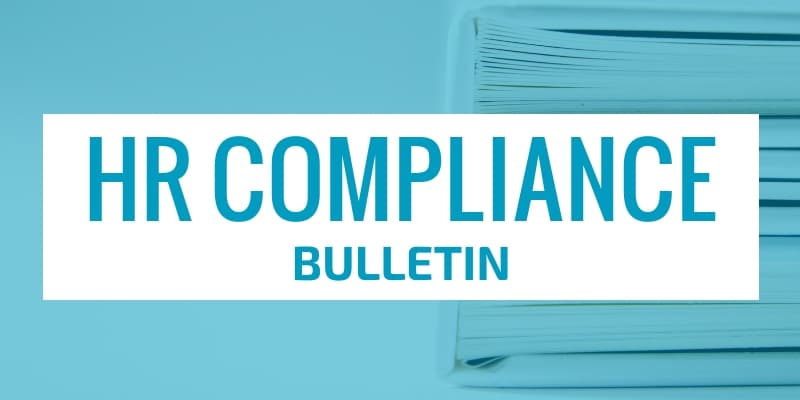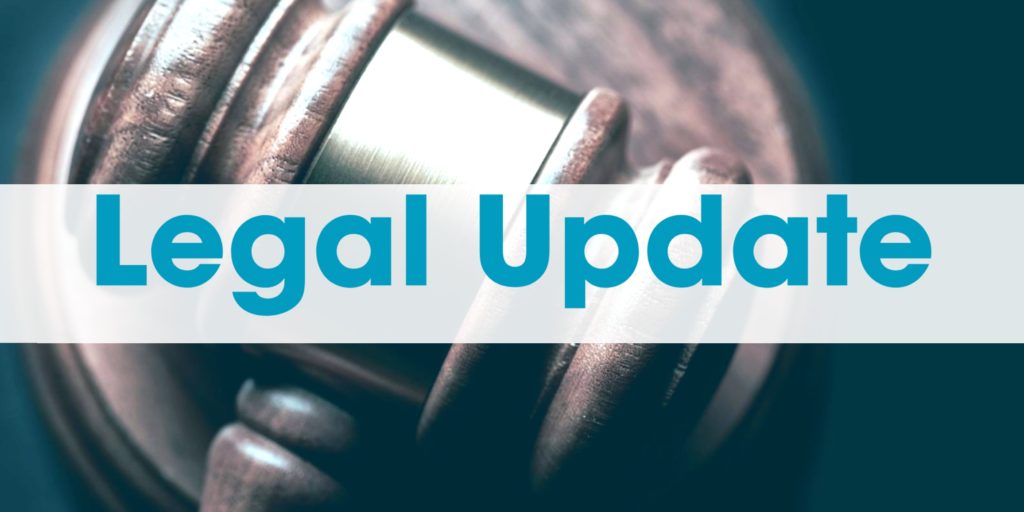 The Coronavirus Aid, Relief and Economic Security Act (CARES Act) creates an employee retention tax credit, which is designed to encourage eligible employers to keep employees on their payroll, despite experiencing economic hardship related to COVID-19.
The Coronavirus Aid, Relief and Economic Security Act (CARES Act) creates an employee retention tax credit, which is designed to encourage eligible employers to keep employees on their payroll, despite experiencing economic hardship related to COVID-19.
The employee retention credit is a fully refundable tax credit equal to 50% of up to $10,000 in wages paid by an eligible employer whose business has been financially impacted by COVID-19. This tax credit applies to qualified wages paid after March 12, 2020, and before Jan. 1, 2021. The maximum credit for qualified wages paid to any employee is $5,000.
 The Internal Revenue Service (IRS) has released Notice 2020-79, containing cost-of-living adjustments for 2021 that affect amounts employees can contribute to 401(k) plans and IRAs, most of which remain unchanged.
The Internal Revenue Service (IRS) has released Notice 2020-79, containing cost-of-living adjustments for 2021 that affect amounts employees can contribute to 401(k) plans and IRAs, most of which remain unchanged.

 On Sept. 2, 2020, the Department of the Treasury (Treasury Department) and the Internal Revenue Service (IRS) released Notice 2020-68, which provides guidance on certain provisions of the Setting Every Community Up for Retirement Enhancement Act of 2019 (SECURE Act).
On Sept. 2, 2020, the Department of the Treasury (Treasury Department) and the Internal Revenue Service (IRS) released Notice 2020-68, which provides guidance on certain provisions of the Setting Every Community Up for Retirement Enhancement Act of 2019 (SECURE Act). Small and midsize employers may begin using two new refundable payroll tax credits to obtain reimbursement for the costs of providing coronavirus- related leave to their employees, the U.S. Department of Labor (DOL) and Internal Revenue Service (IRS) announced on March 20, 2020.
Small and midsize employers may begin using two new refundable payroll tax credits to obtain reimbursement for the costs of providing coronavirus- related leave to their employees, the U.S. Department of Labor (DOL) and Internal Revenue Service (IRS) announced on March 20, 2020.